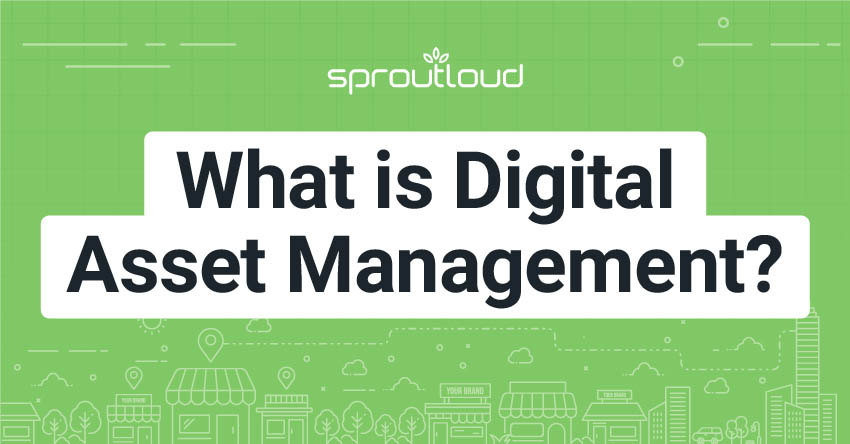
What is Digital Asset Management?
In today’s rapidly evolving digital landscape, effective management of digital assets has become essential to successful marketing strategies, especially for enterprise companies that deploy distributed marketing strategies through networks of channel partners, dealers, distributors, retailers, agents, multi-location stores, and other types of resellers. Digital Asset Management (DAM) provides a centralized, streamlined approach to managing the vast array of digital assets, images, and content that brands create and make available to their channel partners for co-marketing activities.
The Importance of Digital Asset Management
Digital Asset Management refers to the practice and technology of managing digital files, including images, ads, promotional materials, videos, audio files, and other multimedia content. DAM systems are designed to store, organize, retrieve, and share digital content efficiently. DAM plays a pivotal role in ensuring that systems and processes are in place to maintain brand compliance and consistency in messaging across various channels and platforms. This is particularly crucial for brands that sell their products or services through channel partners.
Key Features of Digital Asset Management Systems
Centralized Repository: Digital Asset Management systems offer a single source of truth for all digital assets, making it easier to manage and access content.
Metadata Management: This feature enables tagging and categorizing assets, to search and quickly find digital assets for co-marketing campaigns, digital marketing, traditional marketing, social media marketing, point-of-sale marketing collateral, promotions, and events.
Managing Permissions and Access: Digital Asset Management systems provide granular control over who can access, edit, or distribute assets, safeguarding against unauthorized use.
Integration Capabilities: The ability to integrate Digital Asset Management systems with distributed marketing platforms, content management systems, and other marketing technology is crucial for a seamless workflow.
Version Control: This ensures that everyone is using the most current version of an asset, preventing inconsistencies in branding and messaging.
Best Practices for Implementing Digital Asset Management
- Audit Existing Content: Before implementing a Digital Asset Management system, conduct an audit of all existing digital assets to understand what you have and what needs to be organized.
- Define Clear Asset Management Guidelines: Establish clear protocols for tagging, categorizing, and managing digital assets to maintain consistency.
- Train Your Team: Ensure that brand marketers and channel partners receive training on how to find, use, and manage digital assets.
- Regularly Review and Update Assets: Keep your digital asset library fresh and relevant by regularly reviewing and updating the content.
Utilizing a Digital Asset Management system that is either part of or integrated into a distributed marketing platform can supercharge brand marketers’ ability to manage brand-to-local marketing campaigns and activities. By efficiently managing all digital assets in a centralized distributed marketing platform, enterprise companies can ensure brand compliance, control localization and personalization within brand-preferred parameters, and improve speed to market for consistent, timely, and relevant messaging tailored to target audiences. Having the right digital asset management solutions in place, within your brand’s MarTech stack, ultimately empowers brands and channel partners to achieve better results and generate more traffic, leads, and sales.

